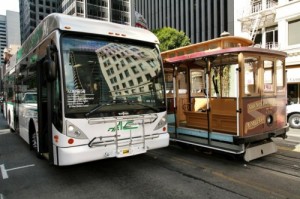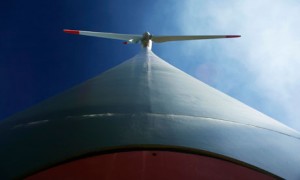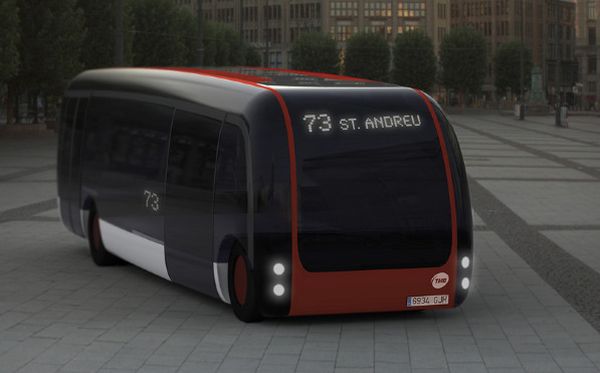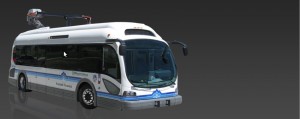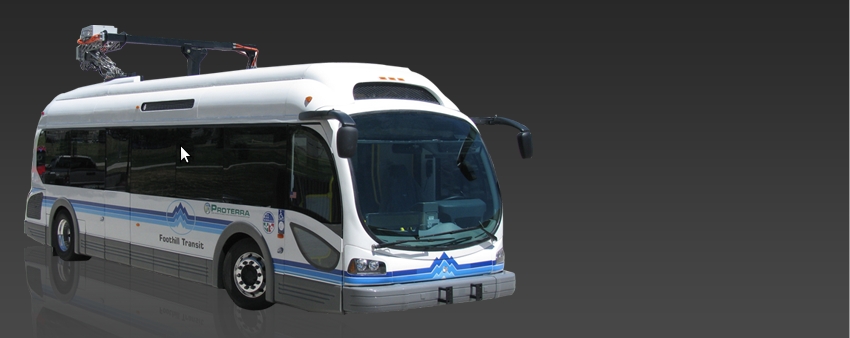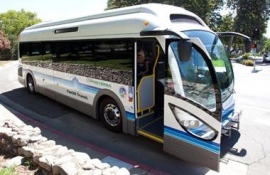General Motors isn’t in the business of city buses, but an investment announced today in electric bus maker Proterra opens up the possibility
Proterra said that GM Ventures and venture capital company Kleiner, Perkins, Caufield & Byers have put $30 million into the Golden, Colo.-based start-up. Kleiner, Perkins led the round, which also brought money from Japanese industrial conglomerate Mitsui, Vision Ridge Partners, and 88 Green Ventures.
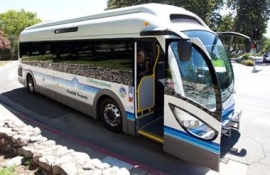
(Credit: Proterra)
The investment will allow Proterra to further develop and market its all-electric bus, which the company has designed as a replacement for typical diesel municipal transit buses. The buses are already in service in Los Angeles County and the company has two other customers, according to president Jeff Granato.
Within the next two years, Granato predicts that the company will be able to bring the cost of Proterra’s electric bus in line with the cost of a diesel-hybrid bus. The fueling and maintenance costs of electric buses are already lower than traditional buses, he added. Mileage is the equivalent to getting 24 miles per gallon on diesel.
One unusual feature of the bus is that it’s able to recharge its batteries in 10 minutes using an onboard rapid recharge system. The company says that its composite material buses are 20 percent to 40 percent lighter than conventional steel or aluminum buses.
The investment will allow the company to meet federal testing and roll out more buses for pilot electric bus programs. The company has manufacturing in Greenville, S.C.
GM created a venture capital arm, GM Ventures, last year to invest in start-up in different technology area, including clean tech, in-car information and entertainment, and lightweight materials to improve efficiency, said GM Ventures President John Lauckner. Its investment in Proterra signals its interest in urban mobility, he said.
GM doesn’t sell municipal buses and does not have a commercial agreement, but the investment gives GM an “option,” Lauckner said.
Source
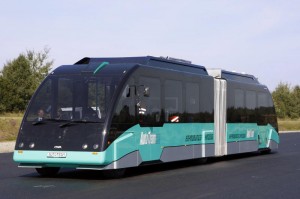
 Follow
Follow